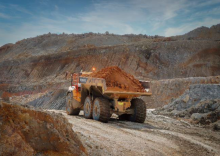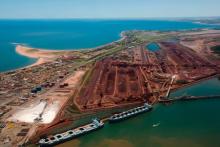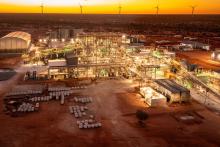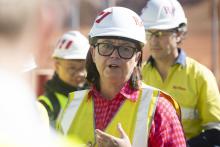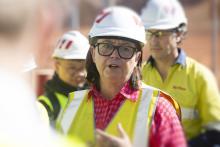
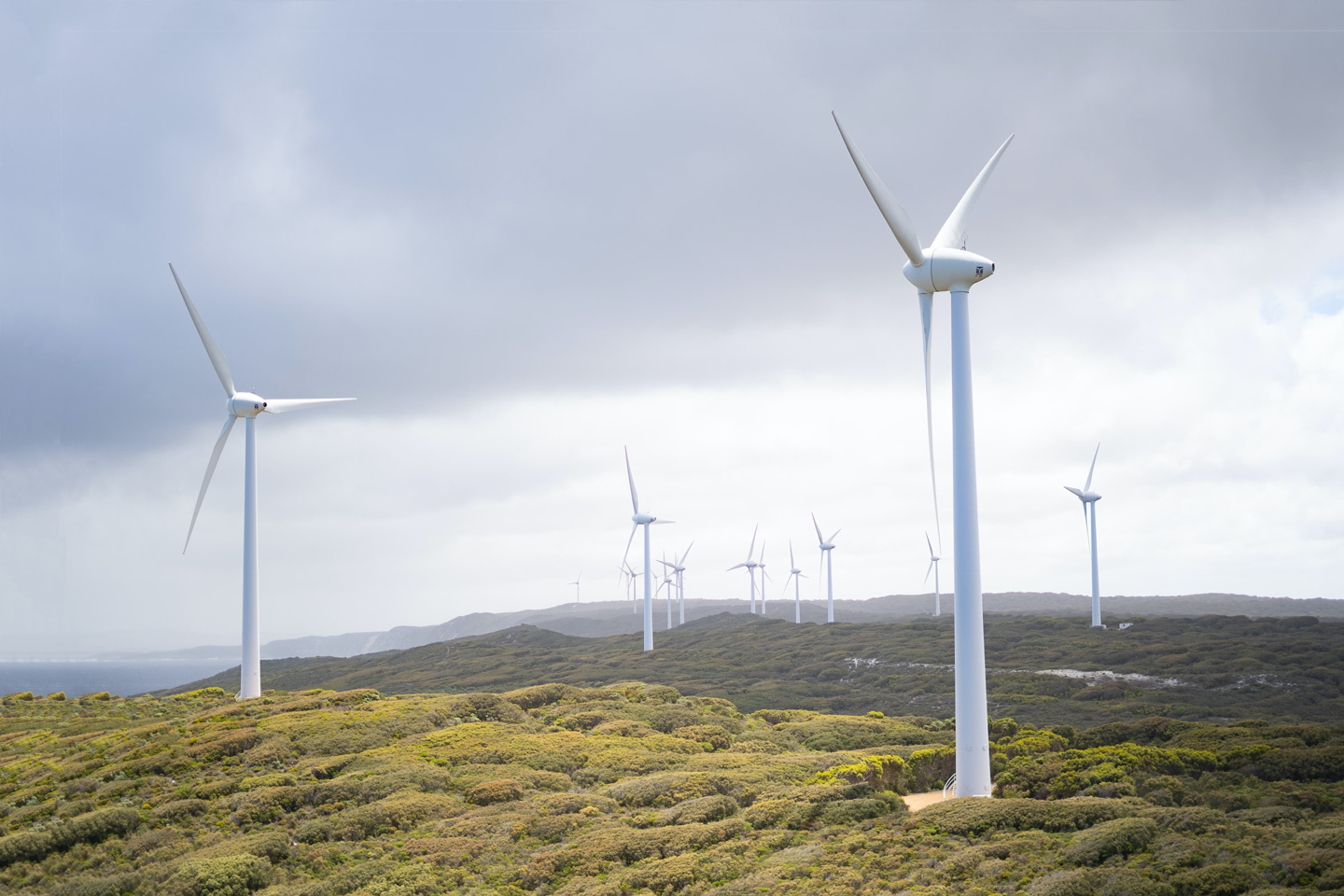
The Hon. Madeleine King MP, Australia’s new Minister for Resources, stated last week that mining will be a key part of Australia reaching net-zero carbon emissions by 2050. The Minister’s expressed view is that Australia’s wealth of rare earths will place Australia at the forefront of the global energy transition and that mining companies should not be seen as the pariah of the world’s efforts to reduce carbon.
The reason for this is that technology that is assisting with the green revolution is, as an indication, heavily reliant on:
- the supply of aluminium, copper, cadmium to produce solar panels;
- the production of iron for wind turbine generators; and
- copper to power generation infrastructure and all EV technology,
and Australia has an abundance of these minerals available for extraction to meet the pressing brief.
Juxtaposed against this is that, with the urgency of the climate crisis becoming more apparent each day, net-zero emission targets (whether aimed for 2050 or earlier) occupy a large part of any company’s corporate ESG focus. Mining companies are no different and, if nothing else, the focus is possibly more central to mining companies due to the general perception of mining companies being environment-unfriendly and those same companies wanting to preserve or create a social licence. Investors and government institutions may not tolerate companies that are not actively moving toward decarbonisation, and lenders may well require far more extensive covenants in their loan documents surrounding the ESG responsibilities of their borrowers.
Directors increasingly have a duty (based in ethics and common law) to take active steps to reduce the environmentally damaging aspects of their businesses, in order to ensure that they comply with their legislated obligations to act in the best interests of the mining companies on whose boards they sit. To ignore taking positive steps poses risks when viewed against those companies’ stated ESG commitments and continuous disclosure obligations.
With power supply being critical to mining (with energy being a big overhead constituting 30% of total opex), ARENA estimates that Australia’s mining sector accounts for over 10% of Australia’s annual energy use across its over-400 mines, with increasing mining volumes driving that usage upward annually. A number of mines operate 24 hours a day and require a consistent supply of electricity.
With that in mind, how do mining companies, on the one hand, achieve the stated carbon-zero goals in an industry that is electricity-intensive whilst, on the other hand, grow output to ensure that the minerals and metals that are needed to drive the achievement of the goals are extracted?
Reducing the energy input cost would seem to be a fairly low-hanging fruit, and a large proportion of Australia’s mining companies have already made significant inroads into this challenge. But transitioning the mining industry to a true net-zero system will be a complex undertaking that will require a systems-based approach with an assessment of infrastructure requirements, how that infrastructure utilises energy across the mines and how energy used on the mines is ultimately generated.
Designing any power system (whether for a new or existing mine) requires designing around the load profile of the mine. Given the variability of wind and solar, hybrid microgrids are de jour and the number of innovative projects being developed by and for mining companies is increasing. This does come with a price-tag.
Capital and operating expenditure attributed to the production of power are, relatively speaking, lower than the costs of the electricity consumption for a mine. This is not limited to any specific type of mining, and the cost can be significantly higher. There is, though, a need to have sufficient life of mine to net off the upfront cost.
With renewable plants, the majority of the cost is spent up-front on development, and the ongoing operating cost is lower. Traditional power solutions comprise lower up-front costs but high ongoing operating costs and increasingly volatile power prices. This will also be affected by the type of development structure selected by the project proponents; whether that be a single EPC for both the development of the mine and the development of the power plant (if for a new mine), or a split EPC that separates the two projects (albeit typically with a tripartite deed linking the two).
Mining companies have an opportunity to use renewables to lower costs and improve sustainability. What are some of the options available to companies that are looking to reduce their Scope 1 and 2 emissions?
1. Renewables
Apart from ameliorating the carbon footprint, converting to renewable energy can have significant cost savings by:
- Reducing reliance on fossil fuels that are vulnerable to market price fluctuations;
- Improving investor confidence and consequential increased access to funding;
- Stabilising the price of electricity across the mine;
- Utilising carbon savings;
- Increasing post mine-closure options to use the power plant in the local communities; and
- Utilising tax and government funding incentives made available through ARENA and the Clean Energy Finance Corporation.
Dependability of that power supply is, however, critical. Renewable energy sources are by their nature intermittent and less reliable than electricity created from fossil fuels.
2. Hybrids
Technology is enabling the smoothing of the intermittency risk of renewables, and many consulting engineering companies are benefiting from the consequent demand for creative hybrid power generation systems that utilise power storage options such as battery technology, pumped storage hydroelectricity and fuel storage solutions such as ammonia
3. PPAs
Accepting that it may well not be viable for all mines to construct their own power plants, an alternative option is for mining companies to conclude power purchase agreements to purchase electricity directly from a renewable energy generator at an agreed price.
Fortunately the opportunities to integrate renewable energy supply into new and existing mines are becoming clearer. There is not, however, a one-size-fits-all solution. What is clear is that mines need renewable energy to drive ESG targets and remain relevant and attractive to investors; energy needs mines to produce the metals and minerals needed to further the achievement of carbon-neutral goals.
Written by Lloyd Chater








